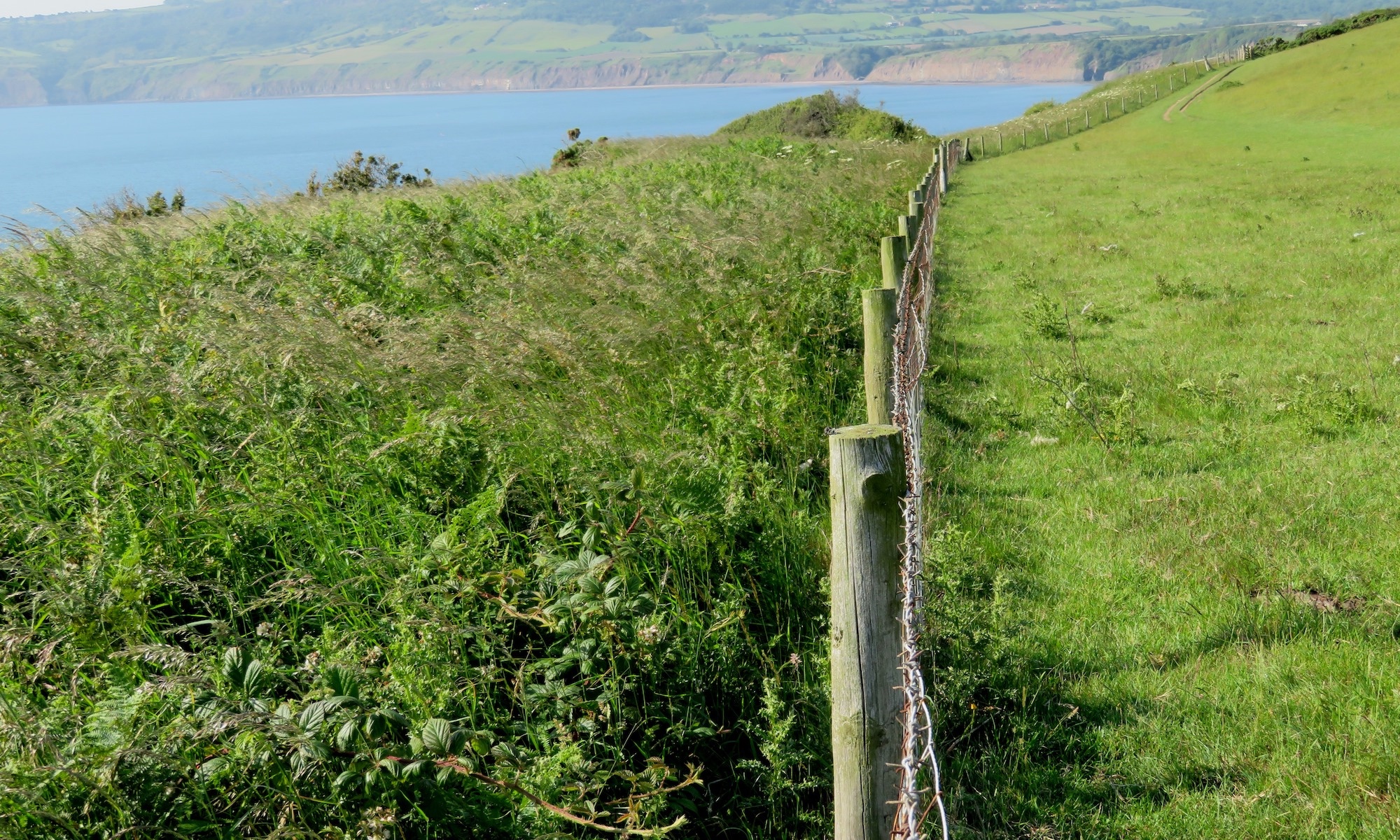by Sarah Mason
25th February, 2022
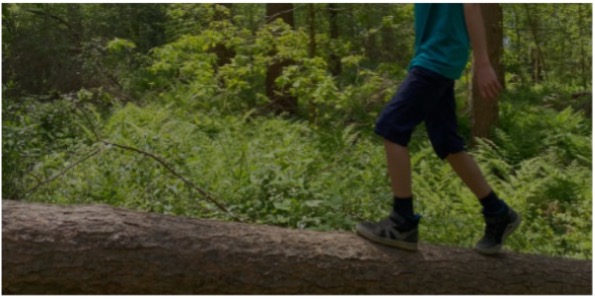
Half of children in the UK can’t identify a stinging nettle, this was one of the headlines from the 2019 study carried out by Hoop, and the list goes on – 83% can’t identify an oak tree leaf and nearly half can’t identify blackberries and bluebells. Although my two pre-school children wouldn’t fall into any of these categories, I would still class myself as embarrassingly bad at being able to identify plants, so much so that last summer I downloaded an app to help my family with this. Yes, an app on my phone! We are using technology to help us connect to nature (the irony has not escaped me) – but we love it!
We are embracing our new adventures with our Picture This app (which I would highly recommend). So when we are out and about, if we see something interesting, we take a photo and the app will tell us about the plant. Since we started doing this my knowledge has increased exponentially and it’s a delight to be learning alongside my 4year old daughter and 2year-old son. It has helped us have conversations about native and non-native species, helped us identify which berries we can eat, and which berries are for the birds only and it is the only time they have ever put a green leaf in their mouth (it would never happen at the kitchen table!).
‘No one will protect what they do not care about: and no one will care about what they’ve never experienced’ – Sir David Attenborough
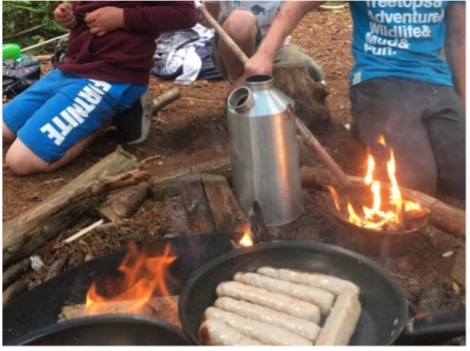
So, what can we do about children’s disconnection to nature? Well since this month is Woodland theme for the Yorkshire Rewilding Network, I thought I would talk a little about my family’s experience with Forest Schools.
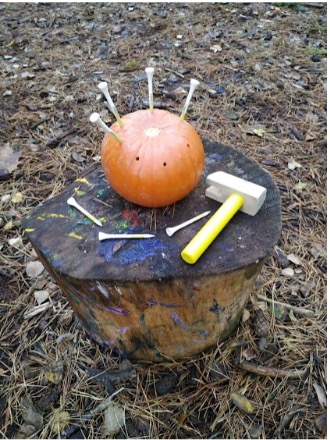
Although the term is used loosely for all sorts of outdoor learning environments, a Forest School should be following the key principles laid out by the Forest School Association (FSA) (link to principles). My partner works in a Forest School with 3-5year olds. They use a small patch of wooded area which is rented from a college. Not a pristine area of native woodland, but a wooded area none the less. My partner absolutely loves it and so do the children. They have a basecamp in the forest which includes a fire area, camping toilets, a wooden shelter with wooden tables and benches for seating. The children are in the forest from 9am to 4pm and the meals are prepared in advanced and heated up on the fire. The forest school is open all through the year, so the kids are out in all seasons and all weathers.
The Forest School leaders are trained in woodland ecology, species identification and sustainable forest management and a typical day in the forest will include conversations and learning about the nature that they are playing and interacting with. Whether it’s which is their favourite tree to climb and why, which wood burns best on the fire or which stick it the best to use a bow and which is best for an arrow.
But there’s more – as well as instilling a love and respect for the natural world the children also benefit greatly in their personal development. Forest Schools are run by leaders with a low to no intervention approach to working with the children. Does that sound familiar?!
Just like rewilding the basis of forest school is that if you give the children enough freedom they will flourish and grow in their own way and their own time. Through this freedom and exploration of their risk and vulnerability they become something stronger, more resilient, more complex than anything we could have created through active hands-on management.
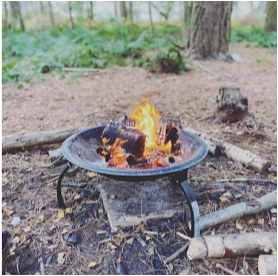
In Alison Gopnik’s book, The Gardener and The Carpenter (follow this link to the video), she discusses the evidence around child development and uses the analogy of a parent being a gardener, not a carpenter. The gardener’s role is to create a rich enough environment where many different plants can flourish in unexpected ways and this freedom creates a much more resilient system. Alison talks about how modern methods of parenting are focussed on techniques to manage children rather than on creating environments for children to learn to thrive in their own way. So, much like our approach to conservation, our children can benefit from a low intervention approach. Forest School leaders do ‘just enough’ to facilitate the child’s journey. It really is the child development equivalent of rewilding!
[Images: www.woodlandtykes.com]
